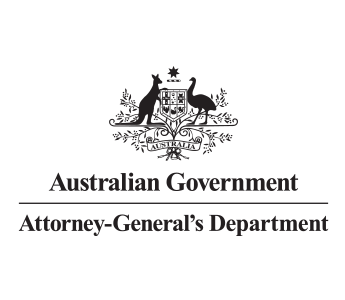The Deceiver
The Deceiver makes others believe something that is not true to dishonestly gain personal benefits.
This might involve providing false statements, deliberately misrepresenting facts or circumstances or withholding relevant information for personal gain.
Examples of these behaviours include:
- an individual misrepresents facts or circumstances to receive a welfare benefit
- a vendor withholds relevant information to win a contract.
Case studies
In an interview with Yahoo Finance, an Australian accountant has recounted how she helped stop fraud against the ATO and her client.
A NSW-based cleaner for the NDIS has been convicted of filing $1 million of fraudulent claims for services never provided.
Countermeasures
Counter the Deceiver using measures that support honesty, integrity, information sharing and verification:
Use declarations or acknowledgments to both communicate and confirm that a person understands their obligations and the consequences for non-compliance. The declaration could be written or verbal, and should encourage compliance and deter fraud.
Make sure requests or claims use a specific form, process or system for consistency.
Clear eligibility requirements and only approve requests or claims that meet the criteria. This can include internal requests for staff access to systems or information.
Make sure forms or system controls require mandatory information to support claims or requests.
Apply limits on requests, claims or processes, such as maximum claim amounts or time periods. Enforce these limits using IT system controls.
Verify any requests or claim information you receive with an independent and credible source.
Match data with the authoritative source and verify relevant details or supporting evidence.
Services such as the Identity Matching Service can be used to verify identity credentials back to the authoritative source when the information is an Australian or state and territory government issued identity credential.
This countermeasure is supported by the Office of the Australian Information Commissioner's Guidelines on data matching in Australian government administration.
Require clients, staff and third parties to have ongoing compliance, performance and contract reviews.
Train and support staff to identify red flags to detect fraud, know what to do if they suspect fraud and know how to report it. Fraudsters can take advantage if staff and contractors are not aware of what constitutes fraud and corruption.
Put in place processes for staff or external parties to lodge tip-offs or Public Interest Disclosures.
Reconcile records to make sure that 2 sets of records (usually the balances of 2 accounts) match. Reconciling records and accounts can detect if something is different from what is standard, normal, or expected, which may indicate fraud.
Internal or external audits or reviews evaluate the process, purpose and outcome of activities. Clients, public officials or contractors can take advantage of weaknesses in government programs and systems to commit fraud, act corruptly, and avoid exposure.
Fraud detection software programs automatically analyse data to detect what is different from what is standard, normal or expected and may indicate fraud or corruption.
These are penalties for customers, staff or third parties that commit fraud or do not comply with rules, processes and expectations.

